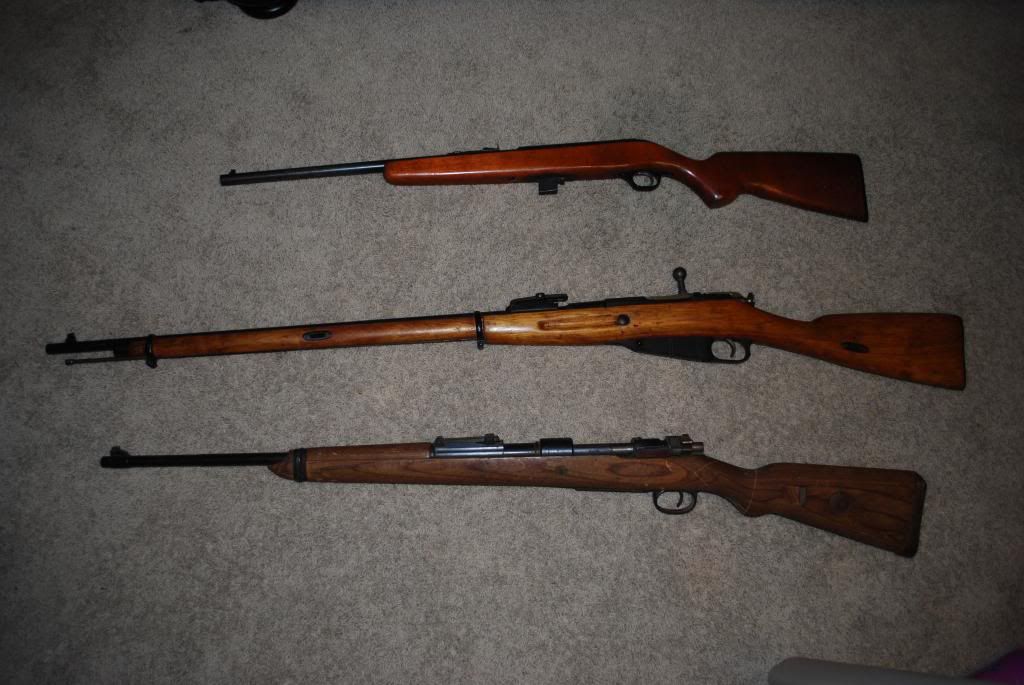In 30+ years of buying, selling and collecting German small arms 1900-1945 I have yet to see one example first hand of sabotage by forced labor. I have also yet to speak with any reputable advanced collector that has seen an example of sabotage.
To my knowledge no example of sabotage by labor in the German small arms factories has ever been verified or documented and the few stories that have been traced back to 'first hand accounts' have remained unsubstantiated.
Right up until the last few days of the war, arms and munitions manufacture in the Third Reich underwent rigorous inspections along every step of the manufacturing process by the Heereswaffenamt (HWA), German Army Weapons Agency, with representatives in each factory witnessing the manufacture and attesting their thorough inspection and acceptance of parts, sub-assemblies and final assemblies with the application of their individual WaA 'Waffenamt' acceptance stamp.
I've come to the conclusion, as have many, that the stories of the sabotage by forced labor are just that... stories. Either propagated in allied propaganda or by the former slaves themselves as a way of justifying their labor.
The Reichswerke Hermann Göring, as the BRNO facility was known from 1938 to 1945 had been producing Mauser rifles for Germany since 1924 when a substantial portion of the Mauser factory technicians and machinery from Mauser Oberndorf am Neckar were relocated there as a result of the Versailles Treaty.
Granted, as the war progressed materials and skilled labor became scarce, machine tools wore out, efficiencies in the processes were instituted and the quality of the arms deteriorated, but at Reichswerke Hermann Goring, except for the occasional air raids, it was pretty much business as usual.
The Brno facility never ceased production. After liberation on April 26, 1945 they continued to produce and refurbish Mauser rifles for years to come. They continue to manufacture weaponry today.








